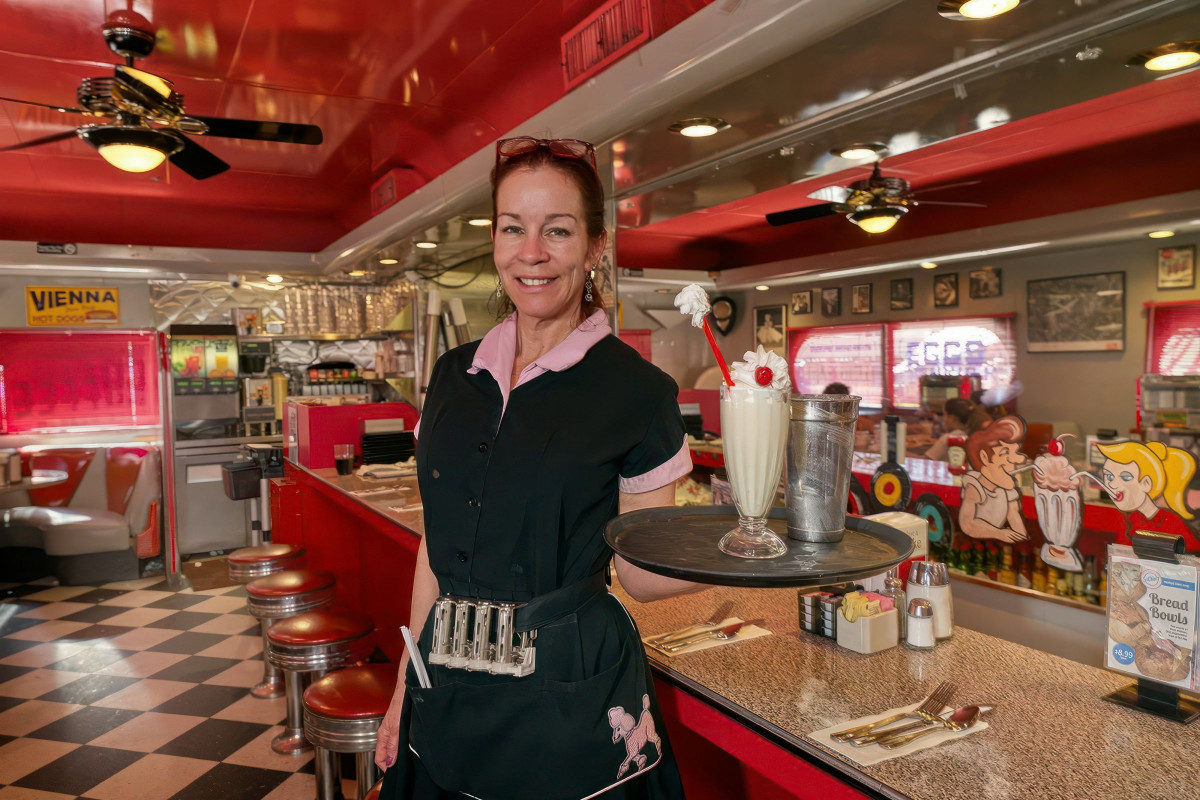2 min read
You Are Busy, Segmentation Should Not Take Up Your Day!
How many times have you sat at your desk watching the results of a campaign you were excited to roll out, only to see those stats flat line, or...
4 min read

When training your waitstaff, start with the fundamentals. These four tasks make up the backbone of excellent wait service:
Your staff’s first impression matters. A warm smile and timely greeting help set the tone for the entire meal.
Whether you're seating guests during a quiet lunch hour or managing a crowd at dinner rush, show your team how to escort customers efficiently while keeping things friendly and calm.
Accurate order-taking is a must, especially in a fast paced environment. Your team should listen carefully to guests, confirm orders clearly, and make thoughtful menu recommendations.
On top of that, train them to ask about potential food allergies early in the interaction and to provide detailed menu information about ingredients when needed.
Whether they're delivering food or handling alcoholic beverages, your waitstaff must follow consistent service standards. Go over the importance of timing, presentation, and following relevant health department regulations.
Make sure your staff attend the necessary food safety training, and teach them to serve food safely, confidently, and with a smile.
A clean and well-kept dining area shapes your guests’ first impressions. Train your team to promptly tidy dining area surfaces, clear plates, and prepare tables for new guests. Keeping the area neat helps everything run smoothly and efficiently.
Your team should be confident using the cash register or point of sale (POS) system, including handling cards, splitting checks, and managing various payment methods. Mistakes at this stage can impact tips and customer satisfaction. Teach them how to wrap up the service with professionalism, accuracy, and a friendly goodbye.
Skilled waiters and waitresses go beyond just doing their job. They connect with guests, solve problems on the fly, and support one another behind the scenes. Here are four essential soft skills you’ll want to develop in your team:
Clear, respectful communication is non-negotiable in waitstaff. Your staff must know how to answer questions, listen actively, and maintain a friendly and patient personality. Great interpersonal skills also help when your waitstaff are coordinating with kitchen staff to serve food during busy hours.
Even in the best-run restaurants, issues happen. Train your restaurant staff to stay calm and use their customer service skills to resolve complaints in these situations.
Emphasize the importance of providing excellent customer service even when handling tricky customer requests.
Team spirit makes everything run smoother. Encourage collaboration between servers, hosts, and back-of-house staff.
Stress the need to maintain positive interactions and keep communication flowing, especially when someone needs help covering tables or checking on customer orders.
Balancing multiple tables, remembering drink orders, and handling back-to-back guests requires great time management skills. Train your team to prioritize tasks and stay organized, even when things get hectic.
Training isn’t a one-off task; it’s a long-term investment in your team's performance and your guests’ satisfaction. Here are four key steps to keep in mind when training waitstaff:
Start strong with a structured onboarding process. Walk your staff through the basics, from service procedures to using the POS ordering software and understanding detailed menu information.
Keep your team sharp with regular refreshers. Update them on new menu items and share fresh scripts or tips for making confident menu recommendations. If your restaurant aims for fine dining standards, guide your team to help them elevate their service accordingly.
Simulations give your team hands-on experience without the pressure of real-time guests. Practice common scenarios like upselling or explaining wine pairings to customers. Role-playing builds both confidence and consistency in their service.
You can’t improve what you don’t measure. Give regular, constructive feedback to your team, and reward great performance.
Whether it’s improving order accuracy or correctly checking IDs for alcoholic beverages, acknowledging progress keeps morale high and standards strong.
Whether you're hiring for the first time or training a new team, it’s important to understand what makes great waitstaff, and how to clearly define the role.
Below are common questions about waitstaff responsibilities, with practical answers to help you set expectations and build a strong front-of-house team.
These are the typical duties and responsibilities of a waitress:
Waiters, waitresses and anyone who wants to be a successful food server needs to possess these three important qualities:
A strong waitress job description sets clear expectations and helps you attract the right candidates. It should accomplish these six outcomes:
A waitstaff’s job may look simple on paper, but delivering exceptional service takes practice, preparation, and the right mindset. By training your team on both technical and interpersonal responsibilities, you give them the tools they need to create an outstanding dining experience for your guests.
Want to streamline your team’s workflow and boost efficiency? Book a demo to learn how our online ordering platform can help you simplify order management and improve guest satisfaction.